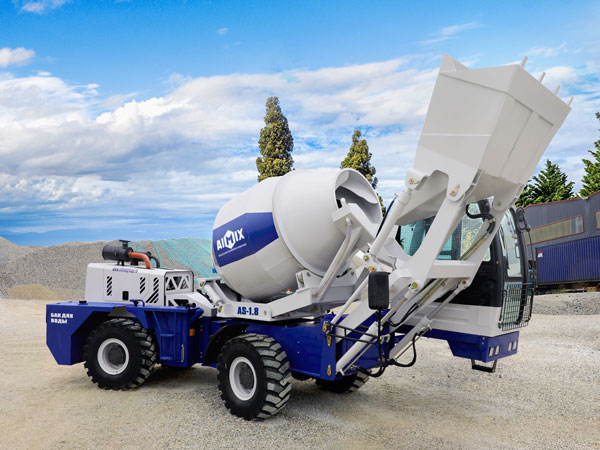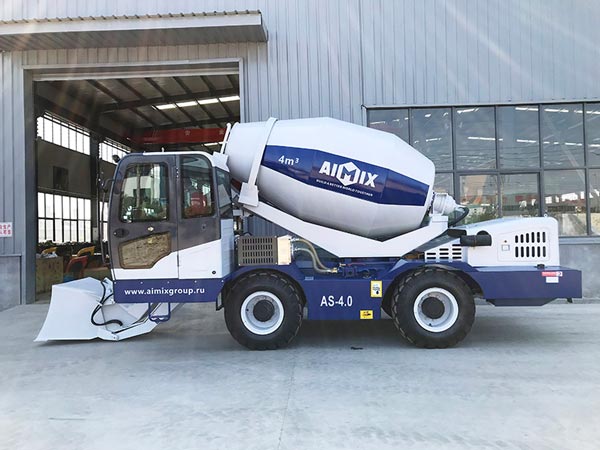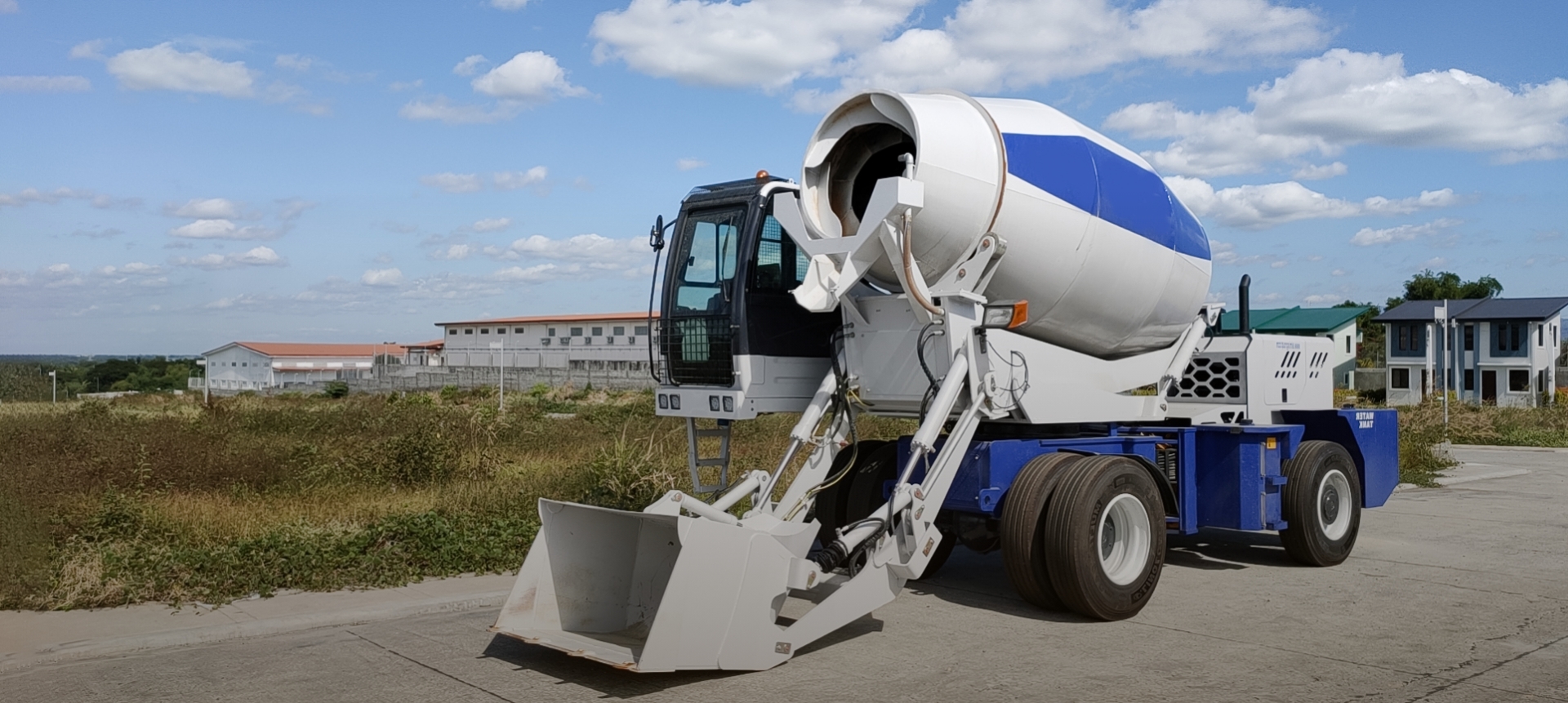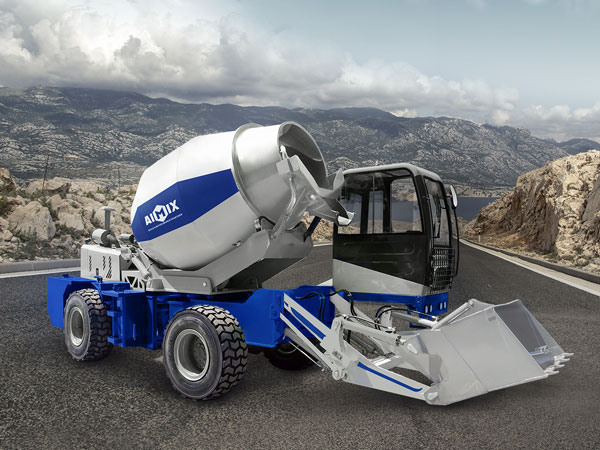Self loading mixers are indispensable tools in construction and infrastructure projects, offering efficiency and versatility in mixing and transporting materials. Proper use and regular cleaning are crucial to ensure optimal performance and longevity.

Operating Your Self Loading Mixer
Before operation, familiarize yourself with the mixer’s controls and safety features. Inspect self loading concrete mixer for any visible damage or issues.
Start by loading materials gradually to prevent overloading, which can strain the mixer’s components. Ensure even distribution of materials to maintain balance.
During operation, periodically inspect the consistency of the mix and adjust water or additives as necessary to achieve the desired quality.
Ensuring Safety and Efficiency
Always follow the manufacturer’s guidelines for maximum load capacity and operational limits to avoid breakdowns or accidents.
Use the self loading mixer on stable, level ground to prevent tipping or instability during operation.
Regularly inspect tires, hydraulics, and electrical systems for wear and tear. Address any issues promptly to prevent costly repairs.
Cleaning and Maintenance Tips
After each use, thoroughly clean the mixer’s drum and mixing blades with water and a stiff brush to remove hardened concrete or other residues.
Inspect the discharge chute and remove any buildup to prevent blockages affecting the concrete self loading mixer‘s performance.
Grease moving parts and hinges regularly to prevent rust and ensure smooth operation.
Storage and Longevity
Store the self loading mixer in a dry, sheltered area away from the elements when not in use.

Consider covering the mixer to protect it from dust, moisture, and direct sunlight, which can degrade materials and components over time.
Perform regular maintenance checks according to the manufacturer’s recommendations to prolong the lifespan of your self loading mixer truck.
Conclusion
Mastering the use and cleaning of your self loading mixer ensures efficient operation and extends its lifespan, saving you time and money in the long run. By following these simple guidelines, you can maximize the performance and reliability of your equipment for years to come.

